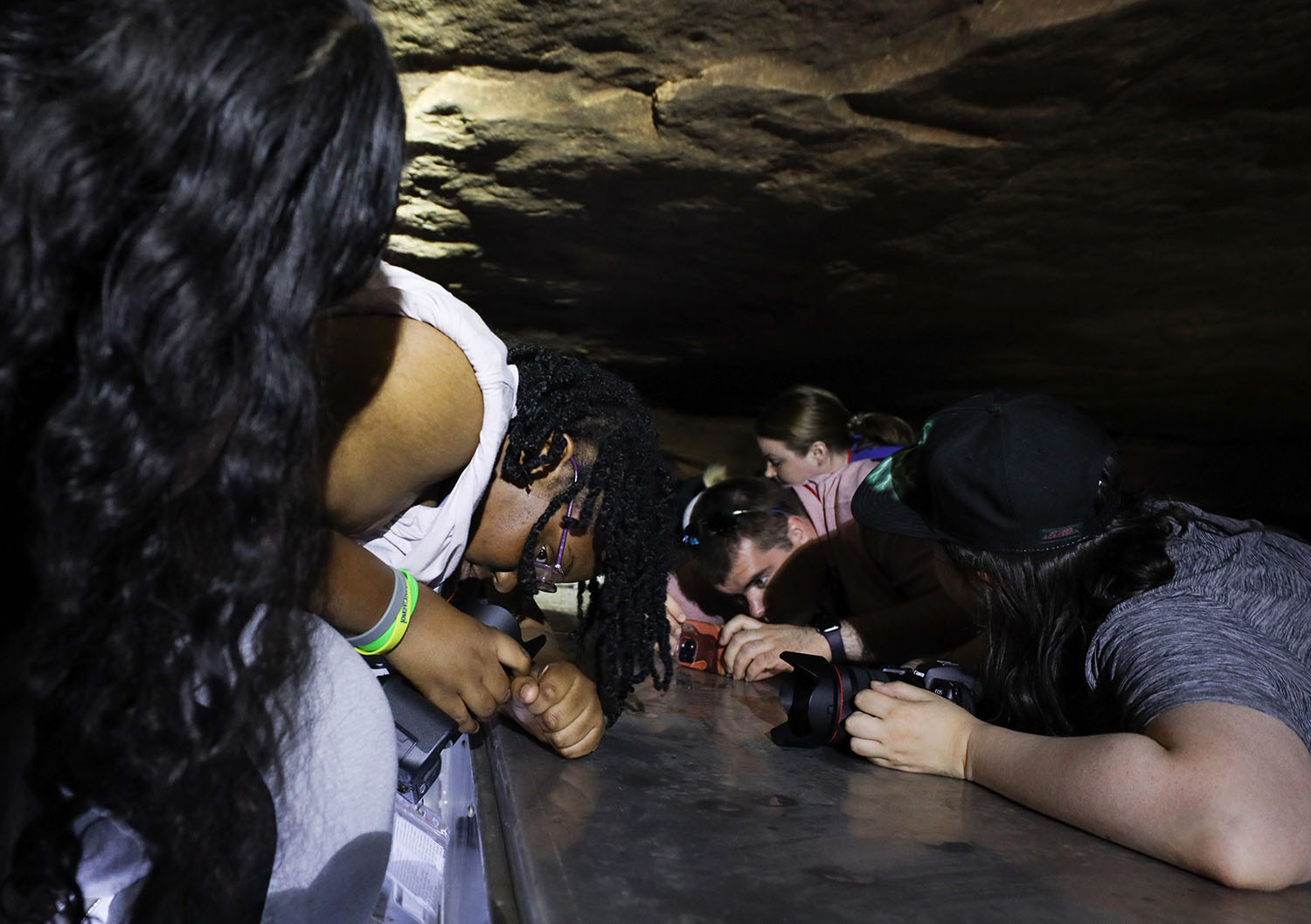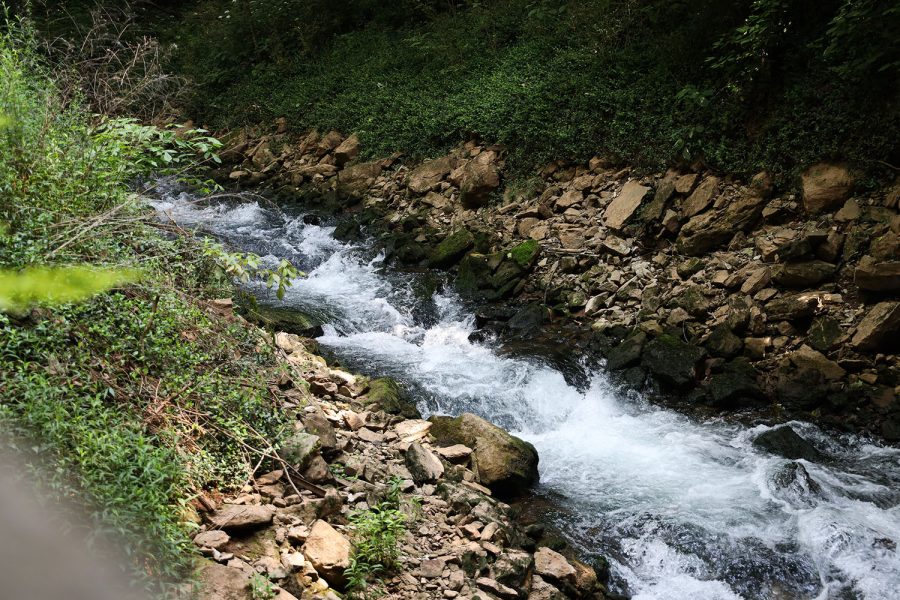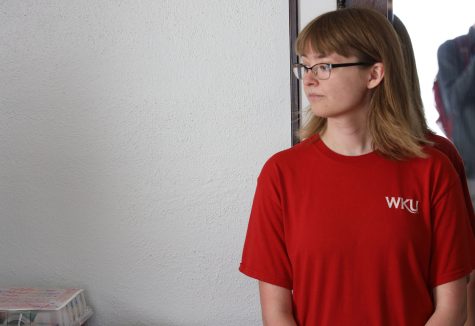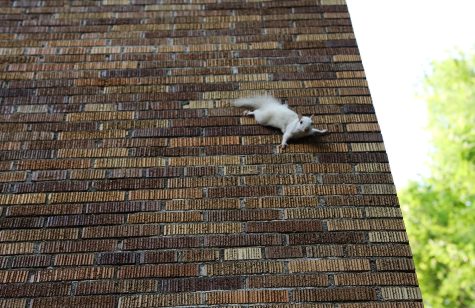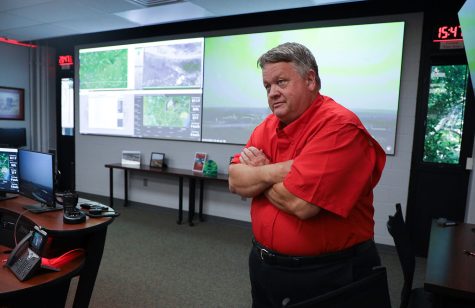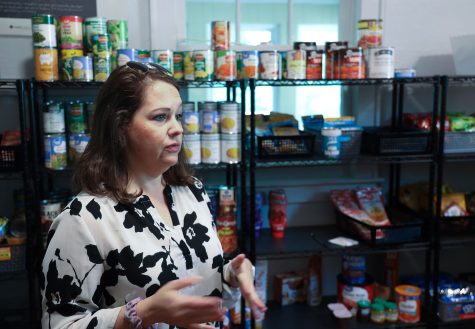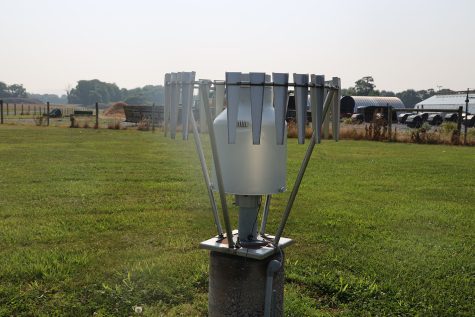Different kinds of pollution present challenges to different water sources
Anna Bell Lee/ Texas High School
Water flows rapidly toward the entrance of Lost River Cave in Bowling Green. Exposure students visited the cave on June 6.
The crystal waters of the blue holes at Lost River Cave may catch the eyes of tourists walking past, but what they can’t see are the invisible pollutants that lie within.
In the past few years, scientists have raised concerns about emerging contaminants at Lost River that are not readily detected.
Perfluoroalkyl substances – more commonly known as PFAS – along with different bacterial matter are among top contaminants that are not easily identified, yet a threat to local water sources.
Lost River Cave has a long and intense history with pollution. While the cave is in healthy condition at the moment, it has previously endured contamination from a leaking laundry detergent factory and gasoline leaks. However, these situations are temporary.
Most of the pollution events spark a need for immediate reaction, whether it is short- or long- term. Rain pollution will clear up on its own in a few days, but things like PFAS are more complex to resolve.
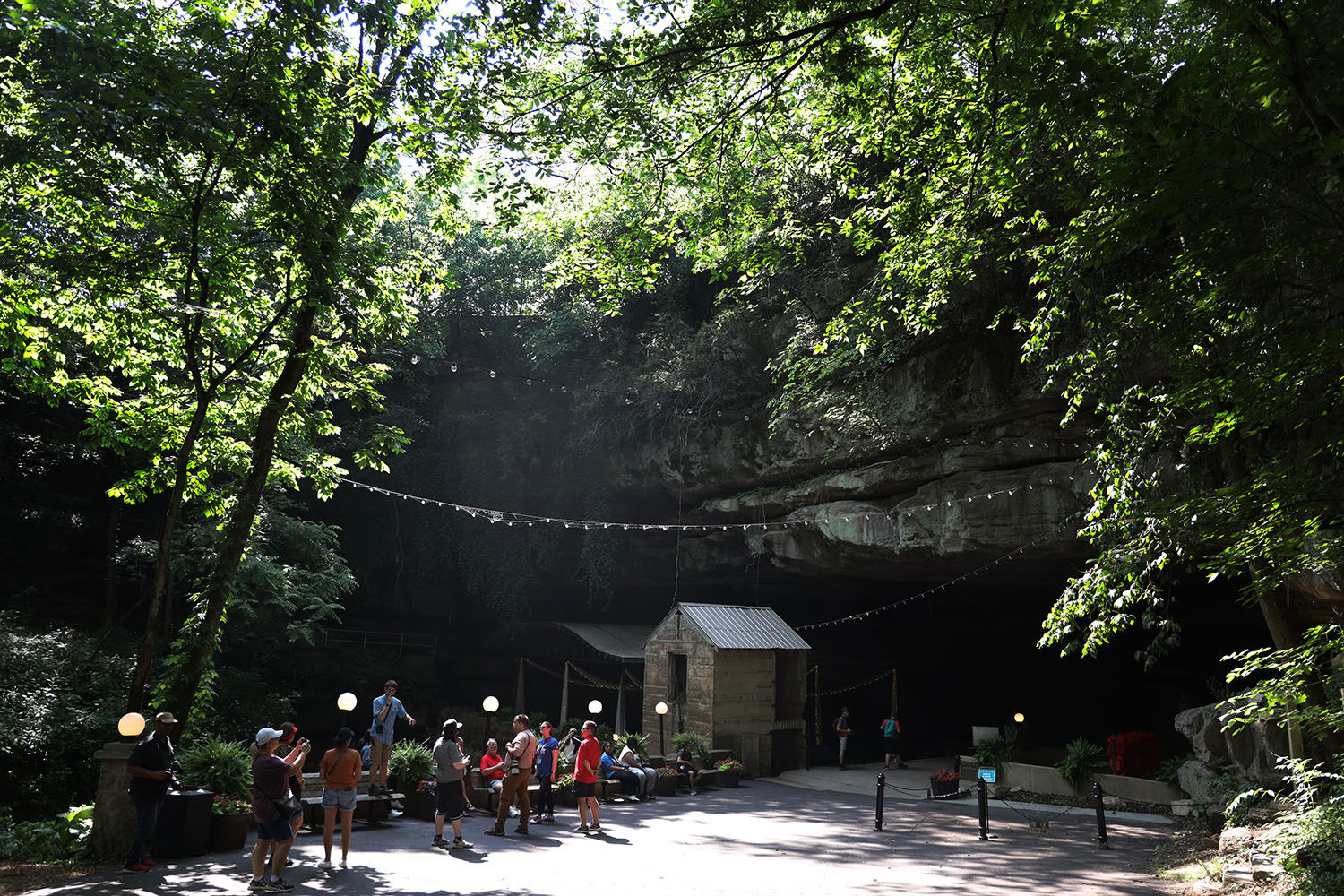
Bacteria
Bacteria, more times than not, are present in the water before it goes through the decontamination process. As any organism naturally does, these bacteria adapt to their environmental challenges. While Bowling Green-area water sources are still safe, antibiotic resistance could cause a challenge in the future.
“We’re developing antibiotic resistance in our bodies and our waste stream that’s going out into the sewer system [and] septic tanks,” geoscience professor Jason Polk said. “It’s not just evolving in [the groundwater] system.”
Polk is the director of the Center for Human GeoEnvironmental Studies at Western Kentucky University and an expert in water resources.
Because the scientific knowledge is still catching up with the newfound issue, Polk said a lot of information is still unknown to researchers.
“There is a lot we hope to do with it,” Polk said. “It is one of those things that is brand new so we don’t know the issues.”
Chlorine, one of the main chemicals used in water decontamination, is one of the substances that some bacteria have developed a resistance to. This could evolve into further problems before scientists are able to find a more effective decontamination process.
Reducing the amount of antibiotics used by both doctors and farmers provides the ability to prevent the bacteria from becoming antibiotic resistant in the first place.
“All that’s going to end up in your water source eventually,” Polk said. “So if it does, you want to make sure there is treatment for it.”
Per- and Perfluoroalkyl Substances (PFAS)
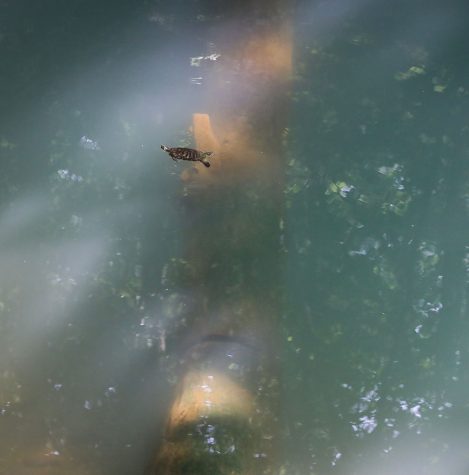
PFAS, also known as forever chemicals, are a diverse group of chemicals found in products from cleaning supplies to non-stick cooking ware. These contaminants enter the water system either through humans that inhale or ingest the substance, or via natural processes.
The chemicals can be expensive and difficult to measure because scientists are still developing different testing methods. However, long term effects cannot be determined yet due to the only recent evolution of science in this particular subject.
“We have to create some kind of way to test for it and regulate it [to] try and minimize it,” Polk said. “We don’t have the technology or the money to effectively remove everything.”

Even though science is constantly evolving, there has been no policy put into place by the government concerning how much PFAS is allowed to be in products. Scientists have taken multiple precautions to ensure that they will be prepared for when those policies are put in place.
“When the state law and federal law comes in and says ‘All right, you must keep the water in this limit’ we’ll analyze the data and tell them, ‘Yeah, you’re good,’” Polk said. “Giving us a policy is important because they need to find a way to regulate the allowable amount of PFAS in order to make sure it is safe for human consumption.”
The only solution as of right now is for people to be aware of the problem they could possibly face in the future, Polk said.
While there are temporary solutions for solid pollution, both antibiotic resistance and PFAS have proved themselves to be more complex problems that scientists have not seen before.
“The overall outcome is the same, which is we are trying to prevent any harm to human or aquatic health,” Polk said.
